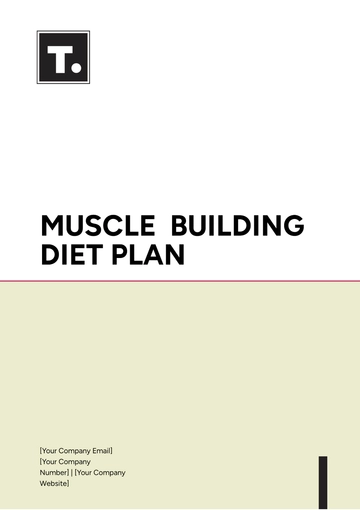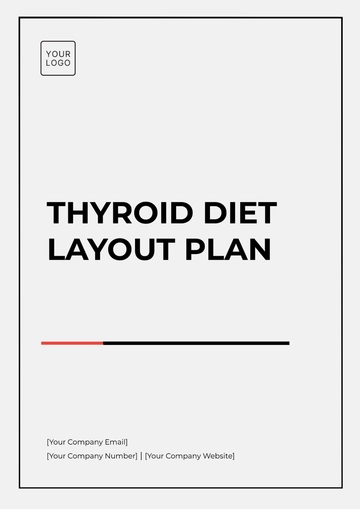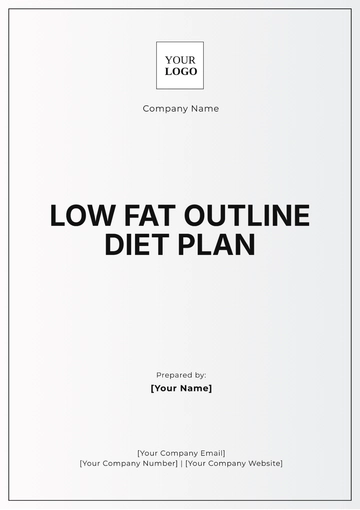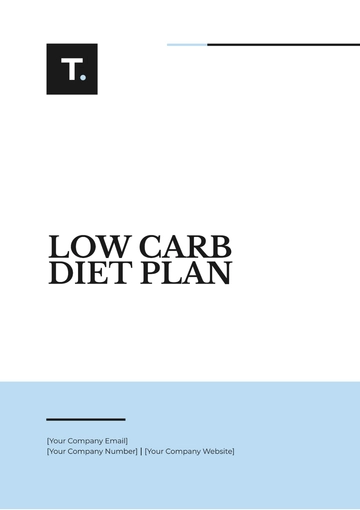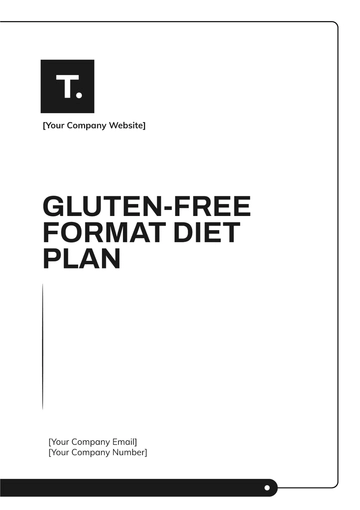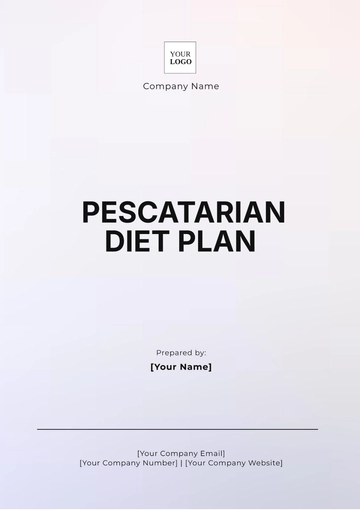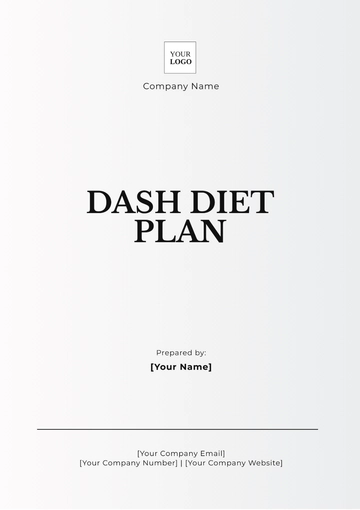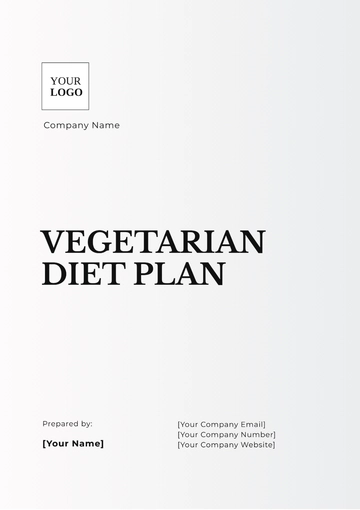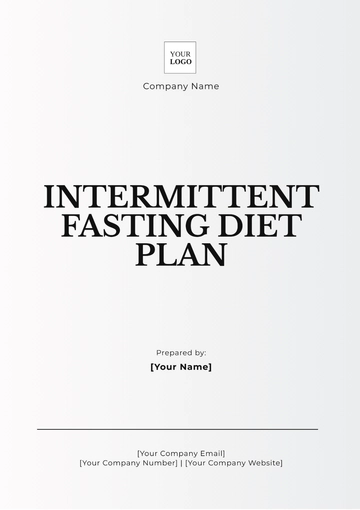Free Whole30 Diet Plan

I. Introduction
The Whole30 diet is a 30-day nutritional program designed to help individuals eliminate cravings, restore a healthy metabolism, heal the digestive tract, and balance the immune system. By removing certain food groups that may negatively impact health and fitness, Whole30 aims to reset your eating habits, improve energy levels, and promote better overall well-being.
II. Whole30 Rules and Guidelines
A. Foods to Eat
The Whole30 diet emphasizes whole, unprocessed foods. Below are the recommended categories of food:
Meat: Fresh cuts of beef, chicken, pork, lamb, and other meats are encouraged. Opt for grass-fed and organic options when possible for better nutrient density.
Seafood: Wild-caught fish, shrimp, crab, and shellfish are excellent sources of protein and omega-3 fatty acids, beneficial for heart health.
Vegetables: A wide variety of vegetables should be included, such as broccoli, spinach, carrots, kale, zucchini, and bell peppers. Aim for colorful options to maximize nutrient intake.
Fruits: Whole fruits like apples, bananas, berries, oranges, and avocados can provide natural sweetness and important vitamins and minerals.
Eggs: Whole eggs and egg whites are excellent protein sources and versatile for various meal preparations.
Healthy Fats: Incorporate sources like olive oil, coconut oil, avocado, nuts, and seeds to support cellular function and provide sustained energy.
Herbs and Spices: Fresh and dried herbs (e.g., basil, parsley, cumin, turmeric) can enhance flavor and offer additional health benefits.
B. Foods to Avoid
During the Whole30 program, the following foods are strictly prohibited due to their potential negative effects on health:
Added Sugar: This includes all forms of sugar, both natural (like honey and maple syrup) and artificial sweeteners (like aspartame and sucralose).
Alcohol: All forms of alcoholic beverages, including beer, wine, and spirits, must be avoided to allow the body to detoxify fully.
Grains: All grains, including wheat, rice, oats, corn, and products made from them, are excluded to eliminate potential irritants and inflammatory responses.
Legumes: This category includes beans, lentils, peanuts, and soy products, which may interfere with digestive health for some individuals.
Dairy: All dairy products, including milk, cheese, yogurt, and cream, should be avoided as they can provoke intolerances or allergic reactions.
Processed Foods: Highly processed foods, junk foods, and fast foods should be eliminated from the diet to avoid artificial additives, preservatives, and unhealthy fats.
III. Meal Planning
Creating a weekly meal plan is essential for success on the Whole30 diet. Below is a sample meal plan that emphasizes variety and nutritional balance.
A. Sample Meal Plan
Meal | Monday | Tuesday | Wednesday | Thursday | Friday |
|---|---|---|---|---|---|
Breakfast | Scrambled eggs with spinach and avocado | Fruit smoothie with almond milk and spinach | Sweet potato hash with onions and bell peppers | Omelet with diced tomatoes and bell peppers | Sautéed vegetables with poached eggs |
Lunch | Grilled chicken salad with mixed greens | Tuna lettuce wraps with diced cucumbers and olives | Beef stir-fry with broccoli and carrots | Roasted vegetable bowl with quinoa | Grilled salmon with a side salad |
Dinner | Grilled chicken with steamed vegetables | Baked fish with asparagus and lemon | Stuffed bell peppers with ground turkey | Beef and broccoli stir-fry | Lemon garlic shrimp with zucchini noodles |
Snacks | Carrot sticks with avocado | Nuts and seeds | Hard-boiled eggs | Fruit slices | Celery sticks with almond butter |
B. Snacks
While snacking is not essential on Whole30, here are some approved options in case you need a boost:
Carrot sticks with guacamole: Rich in healthy fats and fiber, perfect for a quick energy boost.
Nuts and seeds: Almonds, walnuts, sunflower seeds, and pumpkin seeds provide healthy fats and protein
Hard-boiled eggs: A portable source of protein that can be easily prepared in advance.
Fruit slices: Fresh fruit like apple slices or berries can satisfy sweet cravings naturally.
IV. Tips for Success
To ensure a successful Whole30 experience, consider the following strategies:
Read Labels Carefully: Familiarize yourself with food labels to identify hidden ingredients, especially sugars and additives.
Plan and Prepare Meals in Advance: Preparing meals ahead of time helps avoid last-minute deviations and keeps you on track.
Stay Hydrated: Drink plenty of water throughout the day to support digestion and overall health. Herbal teas can also be a good option.
Join a Support Group: Connecting with others following the Whole30 program can provide motivation, accountability, and shared tips for success.
V. Frequently Asked Questions
A. Can I eat out while on Whole30?
Yes, eating out is possible but requires careful selection of menu items and proper communication with restaurant staff. Look for grilled, baked, or steamed options and avoid sauces and dressings that may contain prohibited ingredients.
B. What happens if I cheat?
If you deviate from the plan, it is recommended to start over from day one. This helps to fully reap the benefits of the program, as even small deviations can impact your body’s reset process.
- 100% Customizable, free editor
- Access 1 Million+ Templates, photo’s & graphics
- Download or share as a template
- Click and replace photos, graphics, text, backgrounds
- Resize, crop, AI write & more
- Access advanced editor
Transform your health journey with the Whole30 Diet Plan Template, designed to make your meal planning effortless and effective. This customizable template helps you track your meals, ingredients, and progress seamlessly. Easily downloadable and printable, it allows for quick access and convenience. Plus, you can personalize it further, as it’s editable in our AI Editor Tool.




